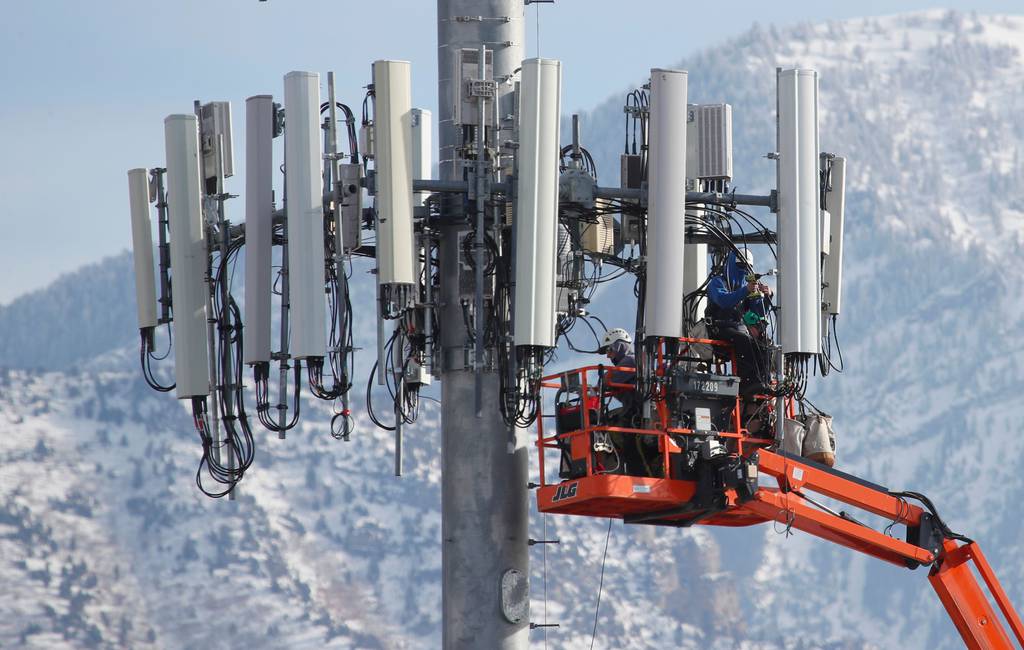WASHINGTON — Lockheed Martin has secured a $19.3 million contract with the Department of Defense to create a 5G communications infrastructure testbed in California for the U.S. Marine Corps and other players.
The expeditionary testbed, dubbed the Open Systems Interoperable and Reconfigurable Infrastructure Solution, or OSIRIS, is a key part of Lockheed’s 5G.MIL program, meant to proliferate and integrate fifth-generation tech across land, water, air, space and cyber.
The testbed will help identify areas of compatibility between 5G networks and defense platforms, the company said Feb. 16, and advance the Joint All-Domain Operations concept.
“We are integrating the technical capabilities of 5G waveforms, software and hardware with higher bandwidth and low-latency data rates into our defense products to enhance their performance for our warfighters,” Deon Viergutz, vice president of spectrum convergence at Lockheed, told reporters. “We want to ensure that warfighters operating in communications contested and denied environments have resilient access to data to perform their missions anywhere in the world.”
The testbed will be stood up at U.S. Marine Corps Base Camp Pendleton, the Corps’ largest western expeditionary training ground.
Teams from Lockheed and subcontractors DISH Wireless, Intel Corporation, Radisys Corporation and Rampart Communications will be involved in the effort, which begins immediately and will wrap in September 2024.
“This is a three-phase contract, if you will, that focuses on, first, developing a testbed,” Viergutz said. “And once it’s developed, then to be able to do experimentation of 5G capabilities and applications. And then, thirdly, is to actually deploy it for certain mission applications with the Marine Corps.”
Fifth-generation wireless technology boasts boosted bandwidth, reduced latency and exponentially faster speeds — attributes critical to communication and data handling in a military environment. The jump in quality from 4G is expected to improve intelligence, surveillance and reconnaissance systems, as well as empower new methods of command and control, among other things.
Lockheed and Verizon — two Goliaths in their respective industries — last year partnered to develop 5G systems for battlefield use.
The Defense Department’s 5G strategy published in 2020 suggested the tech would revolutionize how things are done, but warned of implementation challenges and other risks.
“The United States and its global partners are able to provide the most advanced and highest quality 5G products in the world,” the Pentagon document reads. “DoD must develop and employ new concepts of operation that use the ubiquitous connectivity that 5G capabilities offer to increase the effectiveness, resilience, speed, and lethality of our forces.”
In 2020, the Defense Department announced it would invest $600 million in 5G testbeds at five military installations across the U.S. Additional contracts were awarded in 2021.
Colin Demarest was a reporter at C4ISRNET, where he covered military networks, cyber and IT. Colin had previously covered the Department of Energy and its National Nuclear Security Administration — namely Cold War cleanup and nuclear weapons development — for a daily newspaper in South Carolina. Colin is also an award-winning photographer.








